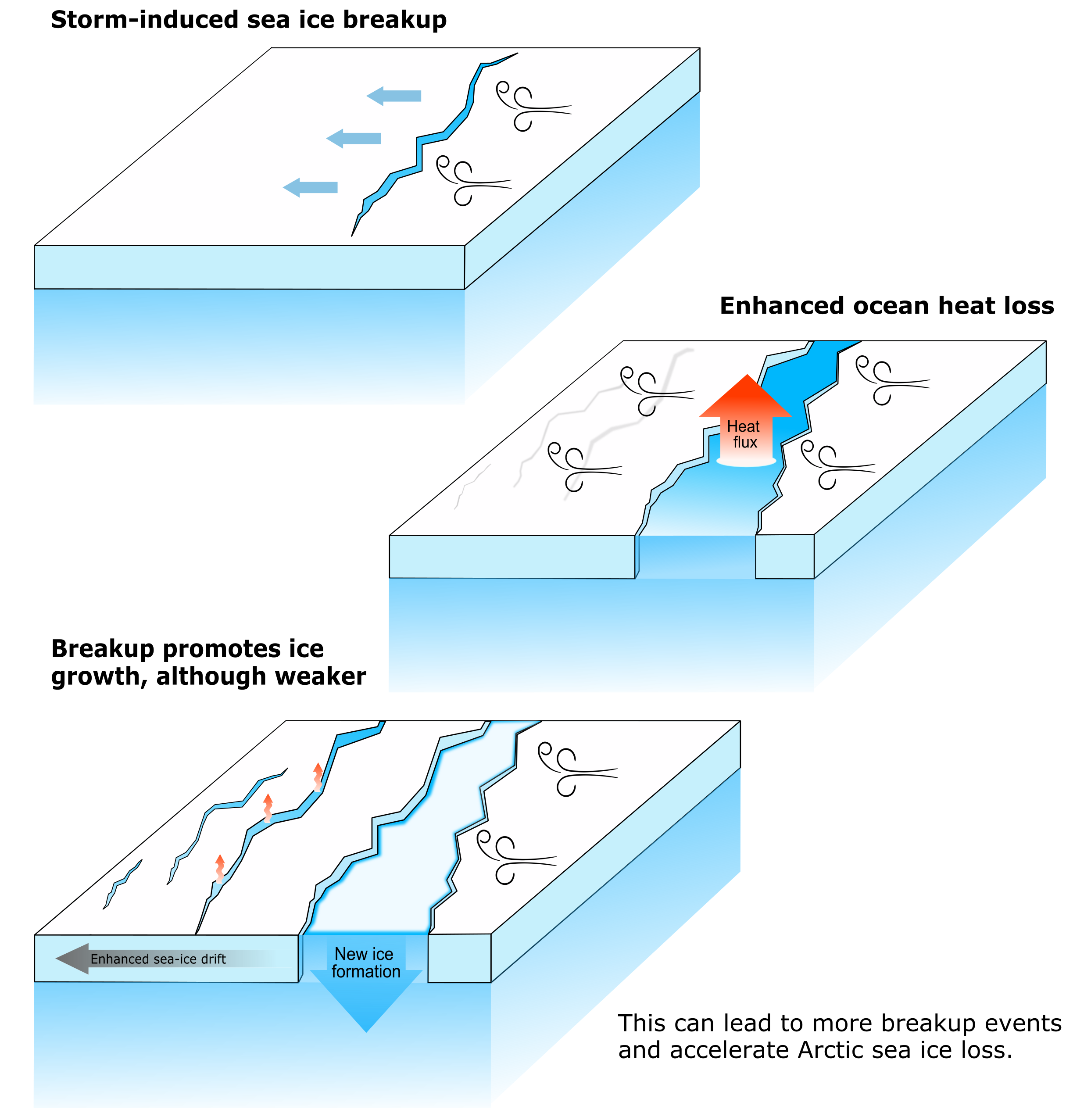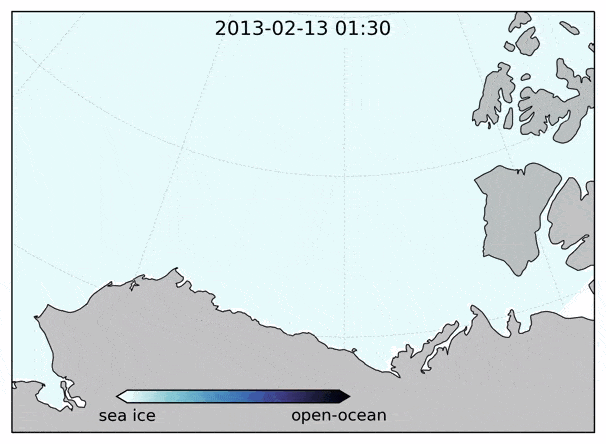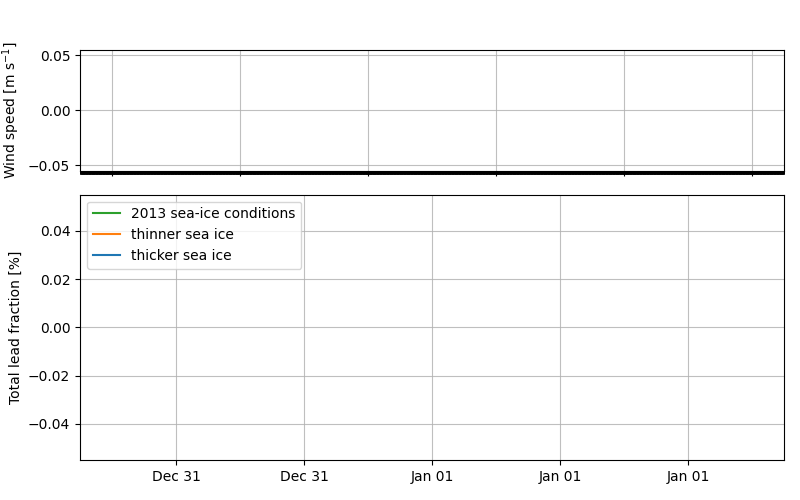About
The production of this interactive story has been possible thanks to the efforts of NERSC (Norway), Lobelia Earth (Spain) and under ESA funding. Data used for visualisation has been extracted from the Copernicus Marine Service MyOcean Viewer, and consists of historical Sea Ice Area Fraction with Product IDGLOBAL_REANALYSIS_PHY_001_030 published on the 26th August 2012 by Mercator Océan and Sea Ice Thickness with Product IDARCTIC_ANALYSISFORECAST_PHY_ICE_002_011, published on the 14th October 2016 by NERSC. The simulations of the break-up event in the Beaufort Sea has been provided by NERSC.
This story was produced in the context of European project Digital Twin Ocean Precursor.
References
1 Stroeve, J.C., Serreze, M.C., Holland, M.M. et al. (2012). The Arctic’s rapidly shrinking sea ice cover: a research synthesis. Climatic Change, 110, 1005–1027. DOI: 10.1007/s10584-011-0101-1.
2 Spreen, G., Kwok, R. & Menemenlis, D. (2011). Trends in Arctic sea ice drift and role of wind forcing: 1992-2009. Geophys. Res. Lett. 38. DOI: 10.1029/2011GL048970.
3 Screen, J. A., Simmonds, I. & Keay, K. (2011). Dramatic interannual changes of perennial Arctic sea ice linked to abnormal summer storm activity. J. Geophys. Res. 116, D15105. DOI: 10.1029/2011JD015847.
4 Williams, T., Korosov, A., Rampal, P., and Ólason, E. (2019). Presentation and evaluation of the Arctic sea ice forecasting system neXtSIM-F. The Cryosphere Discuss. (in review). DOI: 10.5194/tc-2019-154.
5 Lenton, T.M. et al. (2019). Climate tipping points — too risky to bet against. Nature. Nature Research. View PDF
6 Vihma, T. (2014). Effects of Arctic Sea Ice Decline on Weather and Climate: A Review. Surveys in Geophysics, 35(5), 1175–1214. DOI: 10.1007/s10712-014-9284-0.


